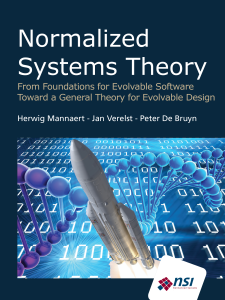The need for integration and innovation
Many issues of contemporary organizations are characterized by a need for integration and innovation in a context of complexity and change. Often, this results in industry disruptions in which organizations which can thrive in such contexts come out on top. The need for change and innovation in various industries, and the kind of organizations which thrive in these industries, can be illustrated by the following examples:
- In the music industry, the product itself got digitized first with the introduction of the cd. While this led to innovations and changes, the industry leaders remained in charge. However, this enabled a second wave of digitization (i.e., streaming services), which disrupted the market: now, IT-companies such as Apple, Google, Amazon and Spotify enter a large share of the market.
- In the car industry, digitization of certain systems is wide-spread. Starting with features such as cruise control and parking sensors, increasing automated control was added. This enabled IT companies to include additional sensors and develop advanced algorithms, which could even result in self-driving cars. Again, IT companies such as Google play a prominent role in this evolution, rather then car industry giants.
- Changing legislation regarding efficiency requires producers of purely mechanical ventilation systems to include electronic control systems in their products. This requires investments in new production machines. Moreover, many producers lack the knowledge of such systems, necessitating the outsourcing design activities. This shifts the balance of power in the industry.
- The Internet of Things proposes to add sensors, computation and communication to physical objects. By making these objects smart, they can be controlled digitally by their owners, but can also be monitored and serviced remotely. The vast amount of devices and the various incompatible platforms result in a need for integration on a previously unseen scale.






